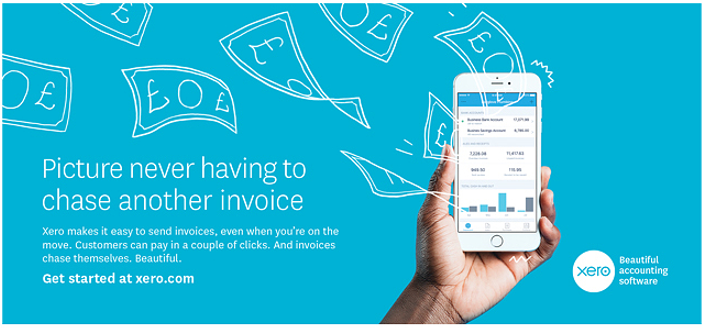
Company Accounting
Accounting information relates to the financial or economic activities of a business or organisation. It needs to be identified and measured by way of a “set of accounts”.
There are two broad types of accounting information:
• Financial Accounts- which are geared toward external users
• Management Accounts- which are aimed more at internal users.
The role of a director means there are responsibilities for the accurate maintenance of the company’s accounts. Management accounts are key in making business decisions from day to day however; there is a legal obligation under the Companies act to produce a set of Year-End Accounts for external scrutiny. These figures are also submitted to HMRC for assessment of your tax position.
If, for whatever reason, you decide to make your company dormant or wish to cease trading there are defined procedures you should follow to produce Dormant or Cessation accounts.
Financial Accountants
The purpose of financial accounting is to show the financial position of a business at a particular point in time and demonstrate how that business has performed over a specific period. The two main financial accounting statements that help achieve this aim are:
• The profit and loss account (or income statement) for the reporting period
• A balance sheet for the business at the end of the reporting period
A balance sheet shows, at a particular point in time, what resources are owned by a business, its assets, and what it owes to other parties, its liabilities. It also shows how much has been invested in the business and what the sources of that investment were. It can be helpful to think of a balance sheet as a “snap-shot” of the financial position of the business at a specific point. While this is a useful picture, every time an accounting transaction takes place the picture will have changed.
By contrast, the profit and loss account provides a perspective on a longer time-period. If the balance sheet is a snapshot of the business then the profit and loss account is a sequence of pictures capturing the business’ activities over time. These sequenced “snap-shots” detail what financial transactions took place in a particular period and what the overall result of those transactions was.
Ultimately the profit and loss account measures the company’s sales revenue, turnover or income, against its expenses, costs, for the period being measured.
Year End Accounts
Under the Companies Act every company must prepare a formal set of accounts once a year. Normally, these accounts are for a period of 12 months ending on the official year-end of the company as recorded at Companies House (known as the ‘Accounting reference date’ or ARD).
The accounts must be in a specified format (as set out in the Companies Act) and are submitted to Companies House to put on public record. The accounts will include a profit and loss account and balance sheet and also note to the accounts which support the information included in both documents. They are also submitted to HMRC in support of the Corporation Tax calculations and Corporation Tax return.
The normal deadline for statutory accounts filing at Companies House is 9 months after the year-end. For a 31 March 2013 year-end this will normally be 31 December 2013.
The deadline for the Corporation Tax payment is 9 months and one day after the year end so for a 31 March 2013 year-end, the Corporation Tax will be due on 1 January 2014.
The Corporation Tax return (CT600 ) that supports your payment is due 12 months after the year-end, which in this case would be 31 March 2014.
Managing Accounts
Management accounts concentrate on reporting to people inside the business entity and are used to provide information to employees, managers, owner-managers and auditors. Management accounting is concerned primarily with providing current financial information as a basis on which to run your business.
Your management accounts reflect the cumulative calculations you see on your invoice statement during the month. They also incorporate drawings taken from your bank account as well as other adjustments that do not appear in your income statement such as bank transfers. They provide you with information that shows you the financial position of your business at month-end. You can see what funds you have taken out, what funds are available for distribution and the amounts you must set aside to meet your tax liabilities.
For any further information or if want us take care of your company accounting & tax issues please get in touch by calling 02085551910 or click here for a call back request.

